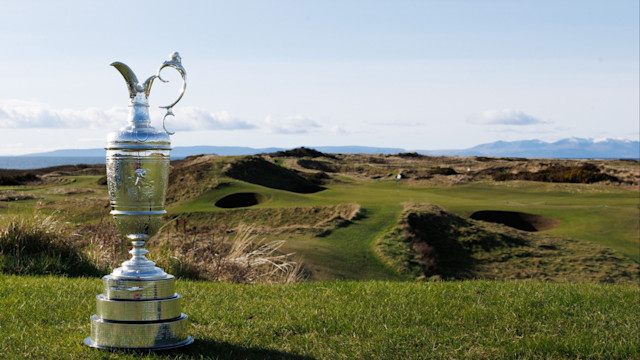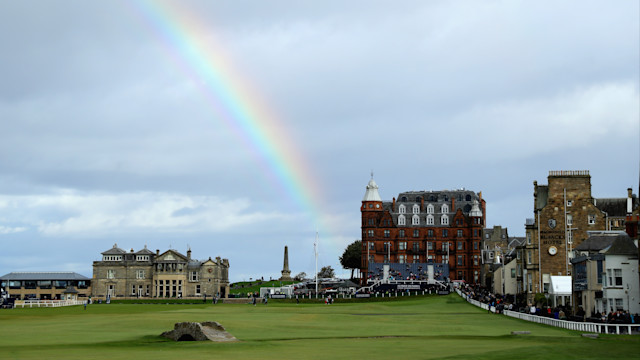Equipment
5 Equipment Changes for Links Golf Success
By Tony L. Starks
Published on
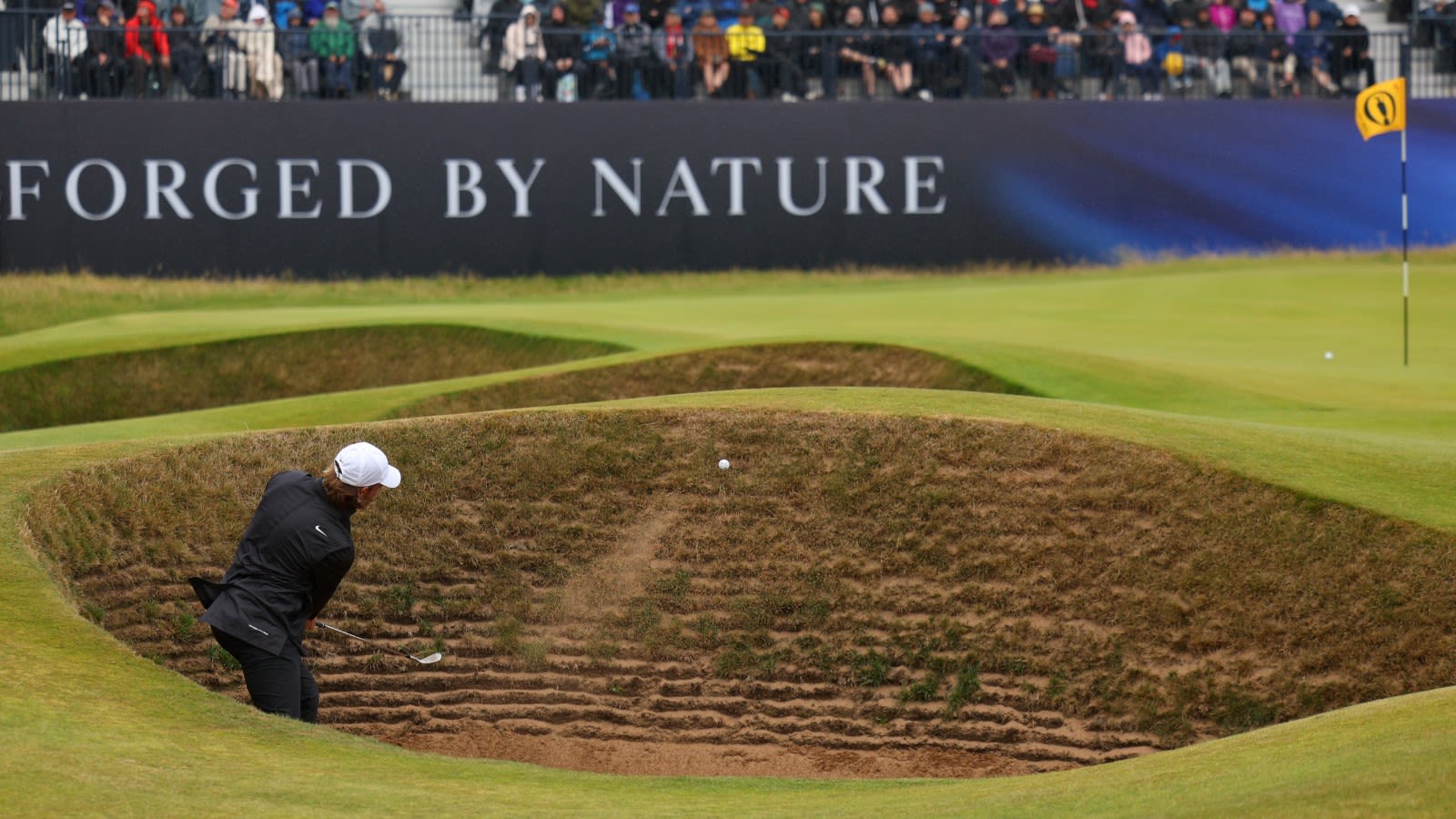
Links golf is a unique beast, offering a visual treat and a distinct challenge for golfers of all skill levels. Success demands a sharp golf IQ, an attunement to your senses and a keen awareness of the conditions and the land's shape.
Few people understand that better than Chris Trott, a long-time golf industry expert who grew up playing links golf in Wirral, England, just a few hours south of Royal Troon, where The Open Championship is being contested this week. With 18 years of experience traveling on the PGA TOUR as a clubfitter and builder, Trott offers invaluable insights into how golfers should prepare their equipment, and their minds, when tackling the distinctive demands of links-style golf.
Run Out, Course Management & Assessing the Conditions
"The biggest thing is understanding how far a ball will run out," Trott begins, emphasizing the importance of calculating where the ball lands and where it finishes. During the practice days earlier this week, players meticulously marked these distances.
"For example, from 200 yards with a 7 iron, TOUR pros mark the landing, which may by 189 yards, and then calculate run out based on practice round results. This is the main piece of preparation,” says Trott.

Collin Morikawa dialing in yardages during The Open Championship. (Getty Images)
However, one of the defining characteristics of links golf is that everything can change in the blink of an eye. Weather plays a significant role in equipment setup when you’re battling the dunes and sea.
"You're looking at how far the ball runs out, where it pitches and where it stops," Trott continues. “On calm days after a good rain, a hybrid or 5-wood might be preferable to a driving iron because of the higher ball flight. Weather can change the setup daily, and you have to be aware of the forecast to play your best golf.”
In addition to turning to hybrids or high-lofted fairways, if you have an adjustable driver, lean on that technology. Turn down your loft for a lower launch and increased roll out if the conditions cooperate.
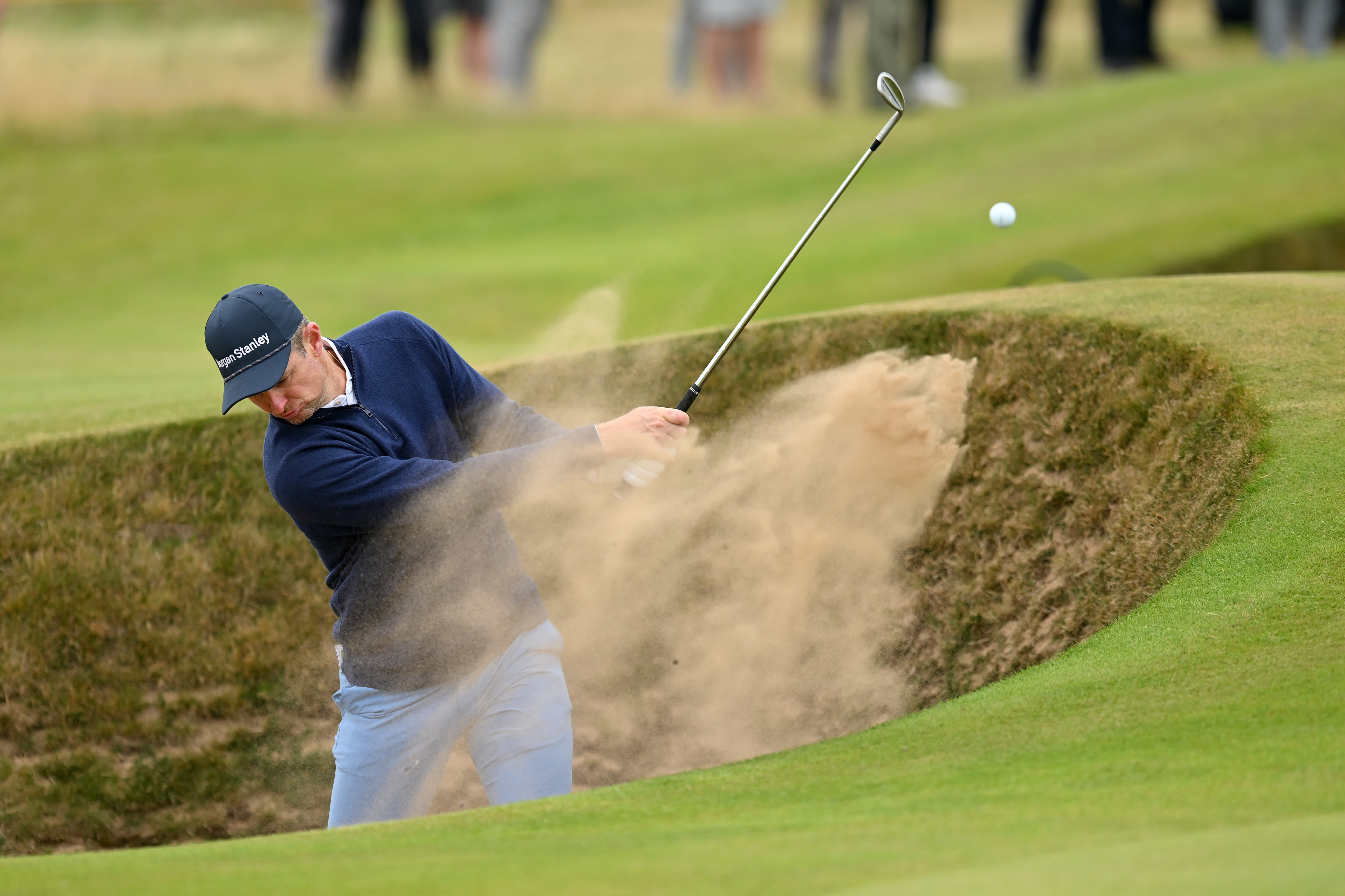
Justin Rose. (Getty Images)
Around the greens, Trott highlights the importance of selecting the right wedges, bounce and sole camber. "A lot of players, like Justin Rose, prefer a wider sole wedge. He's one of the best bunker players in the world and likes a wider sole to work with the heavier sand."
More Equipment Specifics for Links Golf
On the flip side, if the weather isn't calm nor the course soft, long irons become crucial on links courses due to the need for extremely accurate tee shots. Get a little wayward and your golf ball turns into feed for the fescue’s belly.
"Having that go-to long iron with a narrower sole allows for a crisp strike off the turf, which is much harder to achieve with a hybrids on skinny lies," Trott explains.
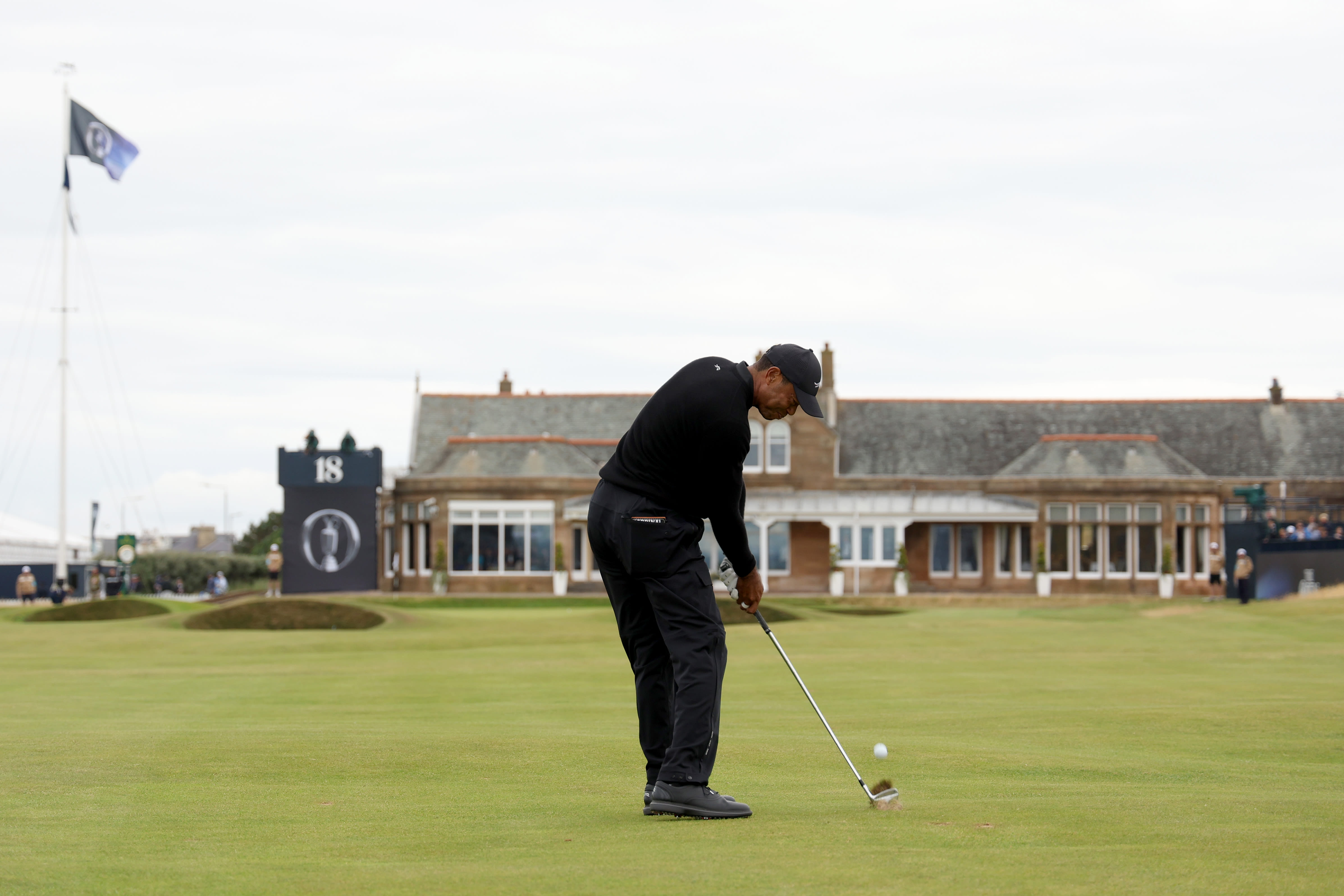
Tiger Woods on the 18th at Royal Troon. (Getty Images)
For the single-digit handicapper, Trott recommends considering a hollow-construction driving iron and low bounce wedges to handle the hard links turf.
"If you can golf your ball, consider low bounce wedges," he says. "Remember, you can have low-bounce with a wider camber. Give yourself the best chance of success.”
Common Mistakes with Equipment & Swings
The links game is not parkland golf. Often, players swing with too much speed, attempt to hit shots too high and use too much loft or bounce in an effort to hit the ball far. Check out this flighted wedge tip from Dr. Alison Curdt, PGA:
“When you swing too hard, particularly on punch shots, that can cause the ball to balloon into the wind due to increased spin,” says Trott. "You need to take speed out, which crosses over into equipment. Less loft can be your friend. Lower lofts, slower swings.”
Adjusting the Golf Ball
Adjusting the golf ball for a tournament is a bold move.
"Shane Lowry discussed it at the last major but didn't choose to. It's rare for TOUR players to do it,” says Trott. “Their feel is so dialed, so perfected, that changing the golf ball creates more problems than solutions.
“On the other hand, amateurs might want to consider changing their golf ball before a Scotland trip. If you can live with a firmer ball, that might help you get more roll out on fast fairways. Conversely, since the green speeds are a little slower and the grass lengths a little longer, the change won’t really impact short game spin that much.”
Personal Preferences and the Importance of the Putter
An accomplished player in his own right, here are Trott’s personal equipment preferences for links golf.
"In England, I always have a 2 iron in the bag," he says. "For wedges, I go with a low bounce lob wedge and turn to a C-camber grind for heel and toe relief on all of my wedges.
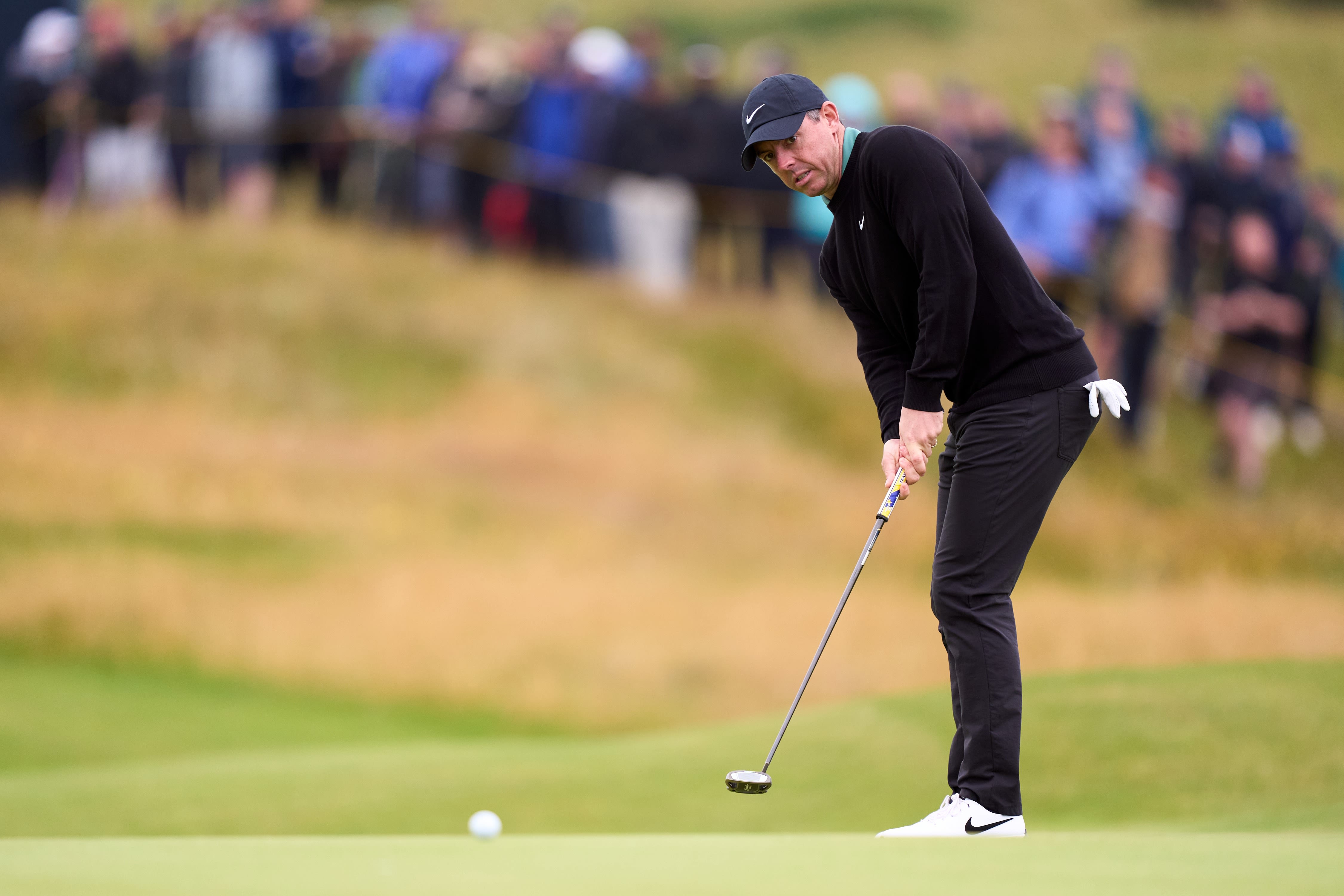
“This might sound cliche, but one of the most critical clubs for links golf is the putter. Links greens are slower, so the ball doesn't move as much. TOUR players sometimes add loft or weight to the putter to help adapt to the slower greens without changing their putting stroke. Within five feet, the putter becomes crucial. You shouldn't miss short putts on links greens."
Here’s a look at a few equipment tweaks for some of the game’s best as they tee it up at Royal Troon this week.
WITB Changes for The Open Championship
- Collin Morikawa: the 2020 PGA Champion has switched from a combo set that included forged hollow-body long irons, cavity back middle irons and blades at the lower end, to full cavity backs with a proto driving iron. When he won the 2021 Open Championship at Royal St. George’s, he made a similar switch the week prior. Why? He wanted a sharper leading edge for better turf interaction on tight lies. Will the change provide similar results at Royal Troon? Can’t wait to find out.
- Rory McIlroy: Rory has returned to the 2-iron that gave him this memorable shot at last year’s Scottish Open:
- Tommy Fleetwood: Trottie told us, and here’s the proof. Tommy Fleetwood has removed his trusty 9-wood in favor of the prototype 3-iron.
- Tiger Woods: While this isn’t a new club, Tiger went to the coffers and pulled out his own 3-iron. Stingers anyone? He’s also lowered the loft on his driver to 9°

